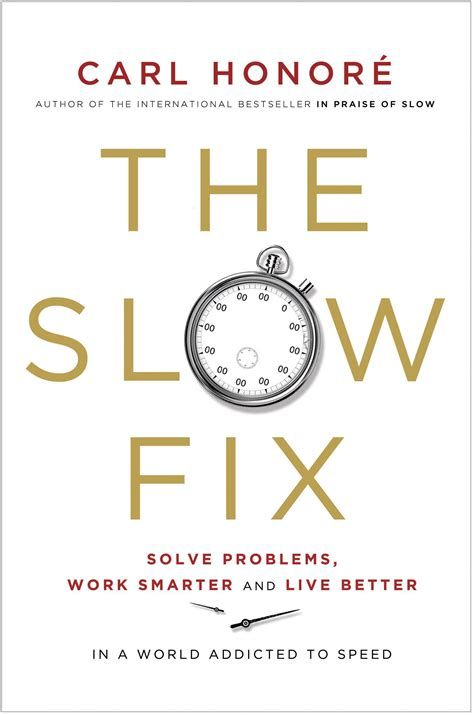Business Development: From Planning to Execution
Phillips J. Diaz-Vicioso LL.M.
May 17, 2022
Seaport with the Embarkation of the Queen of Sheba (1648) by Claude Lorrain

In the dynamic world of business, the journey from conceptualizing an idea to bringing it to life is both exhilarating and challenging. Effective business development strategies bridge the gap between planning and execution, ensuring that great ideas not only see the light of day but also thrive in competitive markets. This article delves into the critical stages of business development, highlighting key strategies for success, and introduces our specialized services designed to support businesses and entrepreneurs in the countries where we operate.
The Planning Phase
Identifying Opportunities
The first step in any successful business development strategy is identifying opportunities. This involves market research to understand industry trends, customer needs, and competitive landscapes. It's about asking the right questions: Where are the gaps in the market? What unique value can our business offer?
Setting Clear Objectives
Once opportunities are identified, the next step is to set clear, measurable objectives. What does success look like? Objectives should be SMART: Specific, Measurable, Achievable, Relevant, and Time-bound. They provide a roadmap for the business development process and a benchmark for assessing progress.
Developing a Strategic Plan
With objectives in place, businesses must develop a strategic plan outlining the steps required to achieve these goals. This plan should cover market entry strategies, product or service development, marketing and sales approaches, and any partnerships or collaborations that can be leveraged.
The Execution Phase
Mobilizing Resources
Execution begins with mobilizing the necessary resources. This includes securing financing, assembling a skilled team, and ensuring the right technology and infrastructure are in place. Effective resource allocation ensures that the business can respond flexibly to challenges and opportunities as they arise.
Implementing the Plan
With resources in place, the focus shifts to implementing the strategic plan. This involves launching marketing campaigns, starting production, building partnerships, and initiating sales efforts. Regular monitoring and adjustments are crucial, as real-world results may require shifts in strategy.
Measuring and Adjusting
The final step in the execution phase is to measure results against the objectives set during the planning phase. This evaluation should inform any necessary adjustments to strategies or objectives. Continuous improvement is key, as the business development process is cyclical rather than linear.
How We Can Help
Our firm specializes in supporting businesses and entrepreneurs through every stage of the business development process. Whether you're in the planning phase and need assistance with market research and strategic planning, or you're moving into execution and require resources for marketing, legal, or financial strategies, we're here to help. Our services include:
- Strategic Planning and Consulting: Tailored advice to help you identify opportunities, set objectives, and develop a comprehensive plan for business growth.
- Resource Mobilization: Assistance in securing financing, building a skilled team, and accessing the technology and infrastructure needed for your business.
- Implementation Support: Expertise in marketing, legal issues, partnerships, and operational strategies to ensure successful plan execution.
- Performance Measurement: Tools and strategies for evaluating success, making adjustments, and continuously improving your business development efforts.
Operating in various countries, we're particularly well-positioned to support businesses looking to expand internationally. Our local expertise and global perspective offer unique insights into market entry strategies, regulatory compliance, and cross-border opportunities.
Conclusion
Transitioning from planning to execution in business development is a complex process that requires strategic thinking, careful resource management, and continuous adaptation. Our firm is committed to guiding businesses and entrepreneurs through this journey, offering expert advice and comprehensive support services. If you have a great business idea and are looking to bring it to life in the markets we serve, reach out to us. Together, we can turn your vision into a successful reality.












